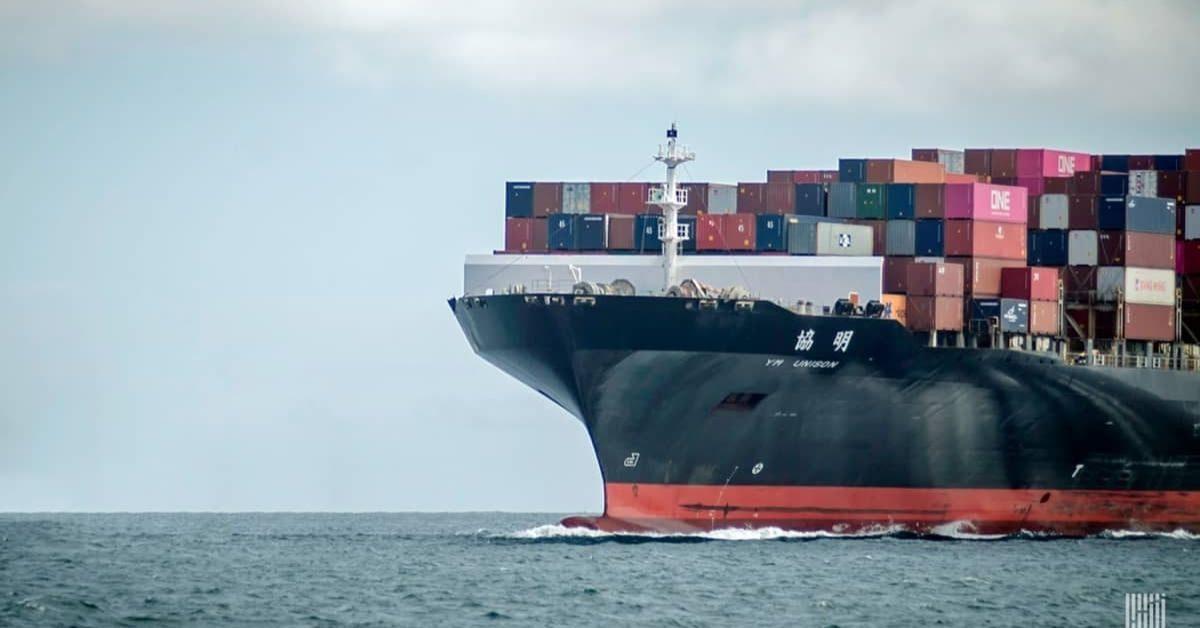Source: Container news
MSC, Hapag-Lloyd and CMA CGM had planned to implement hefty general rate increase (GRI) and peak season surcharge (PSS) amounts from early March.
For example, MSC’s rate activity plans included a GRI of US$1,000 per box from 1 March and a PSS of $1,500 per box from 4 March for trades to the US West Coast. Earlier, the carrier had also announced a PSS of US$1,800 per container from 4 March for loads to the US East Coast.
French carrier CMA CGM also intended to seek a PSS of US$1,000 per box for shipments to the US East and Gulf coasts from 4 March.
In addition, Cosco Shipping had published a customer advisory seeking a GRI of US$1,600 per TEU and US$2,000 per FEU for bookings to the US East and West coasts as well as Canada, from 1 March.
All these rate hike plans have now been postponed by two weeks and in some cases, even recalled, according to trade sources.
With current demand indications, sources expect rates on these routes to further trend down in the weeks ahead.
Trade stakeholders are seeing the pricing correction as an opportunity for increased exports out of India.
“The drop in freight rates is likely to benefit India’s trade balance by enabling businesses to export goods at lower prices into the global market,” said Pushpank Kaushik, CEO of Jassper Shipping.
Kaushik further noted, “This can help the Indian economy to expand at a faster rate.” He went on to add: “The geopolitical tensions seem to be finally calming down.”
The Federation of Indian Export Organisations (FIEO) also sounded upbeat about the trade outlook despite the challenges, as January data reported a 3% year-on-year rise in goods exports.
“The increase in exports amid the Red Sea crisis posing challenges on the logistics front goes to show not only the resilience of the sector but also of the exporting community, who have continuously been braving such odds since the Russia-Ukraine war,” FIEO said in a statement.
The association also pointed out, “The exporters have consistently been performing, driving the growth of exports and also adding to the growth momentum of the economy.” It also explained, “The main growth drivers of merchandise exports during the month included petroleum products, engineering goods, iron ore, electronic goods, drugs and pharmaceuticals, which itself is a good sign as most of these sectors are labour-intensive sectors and have the potential to boost employment creation in the country.”







